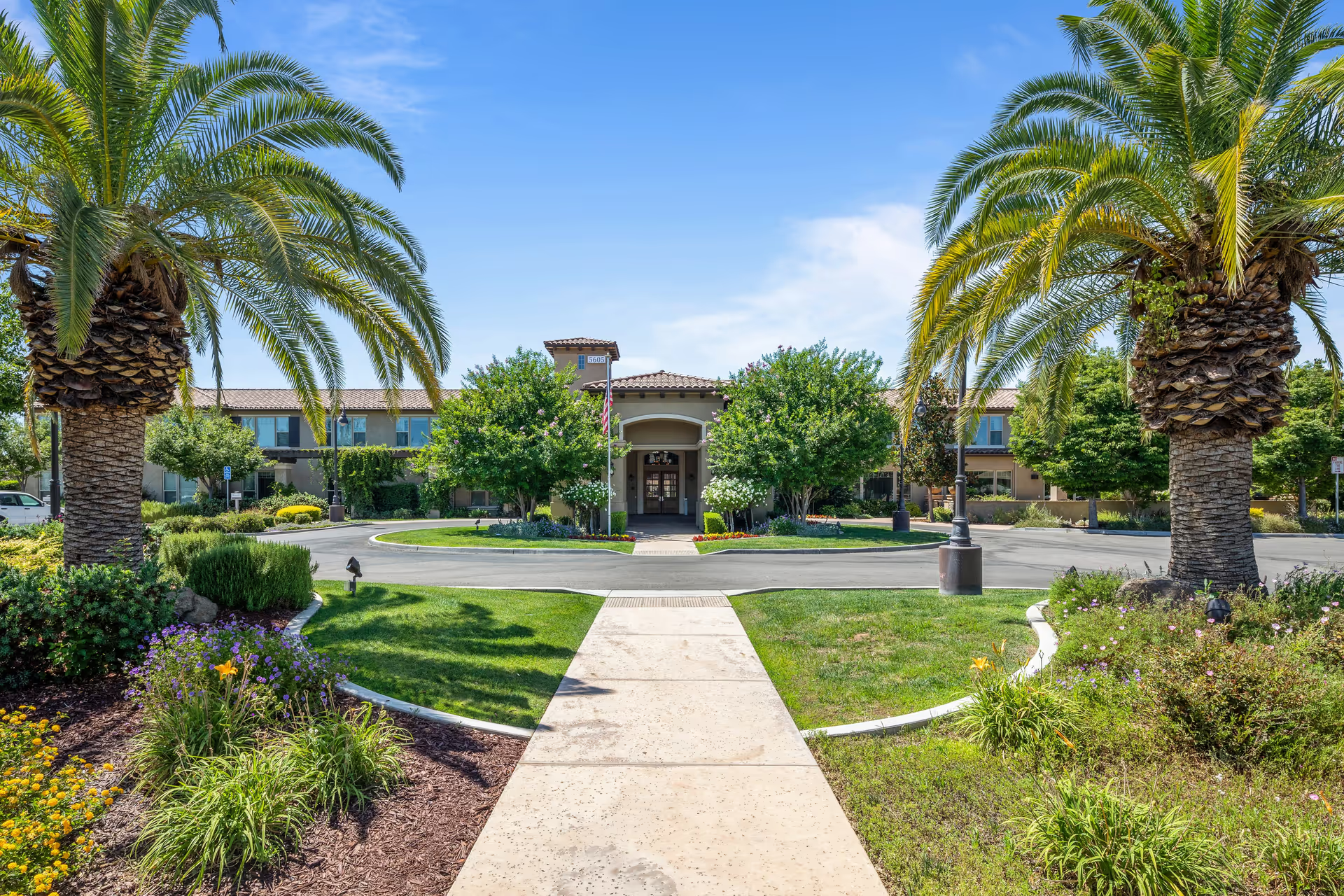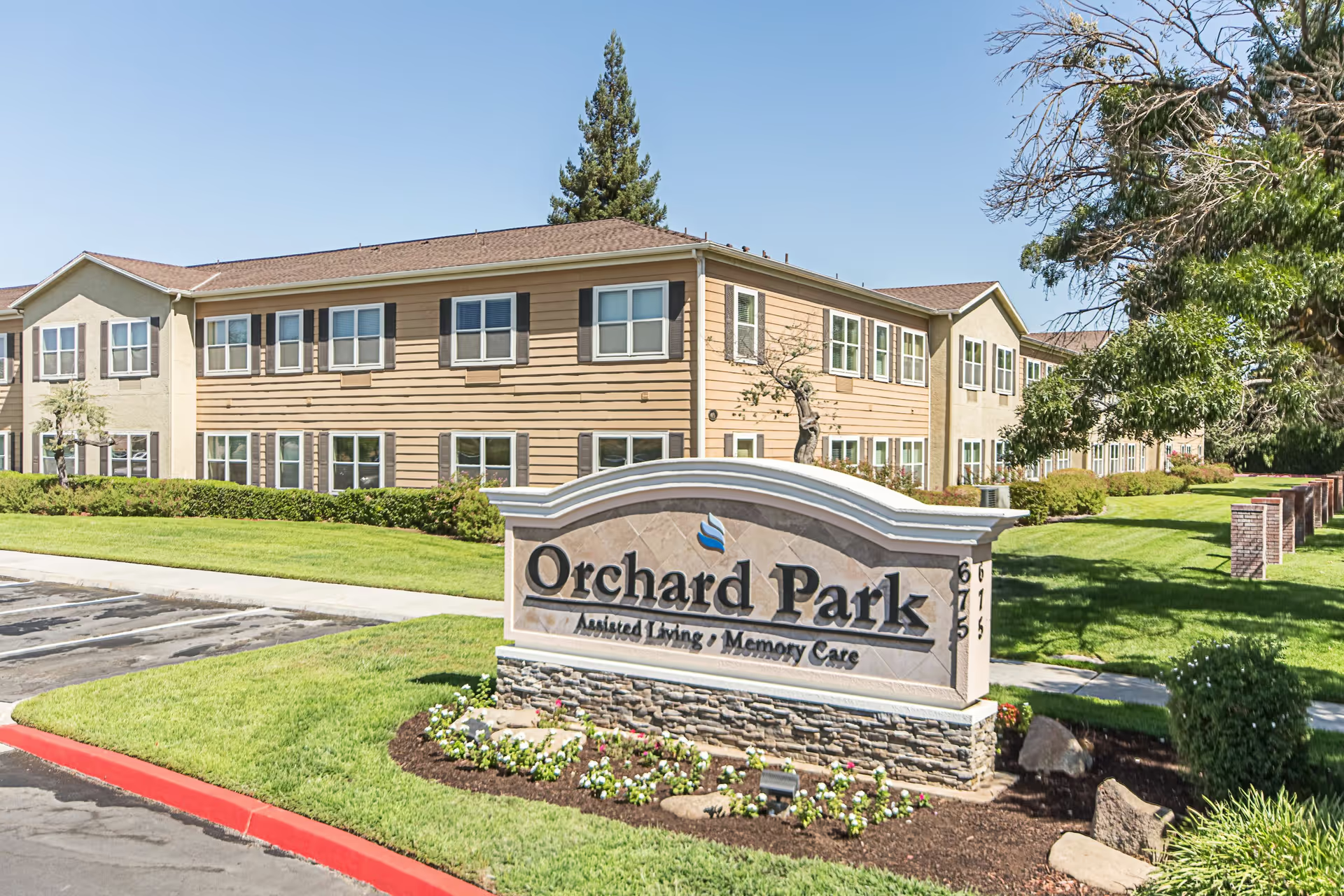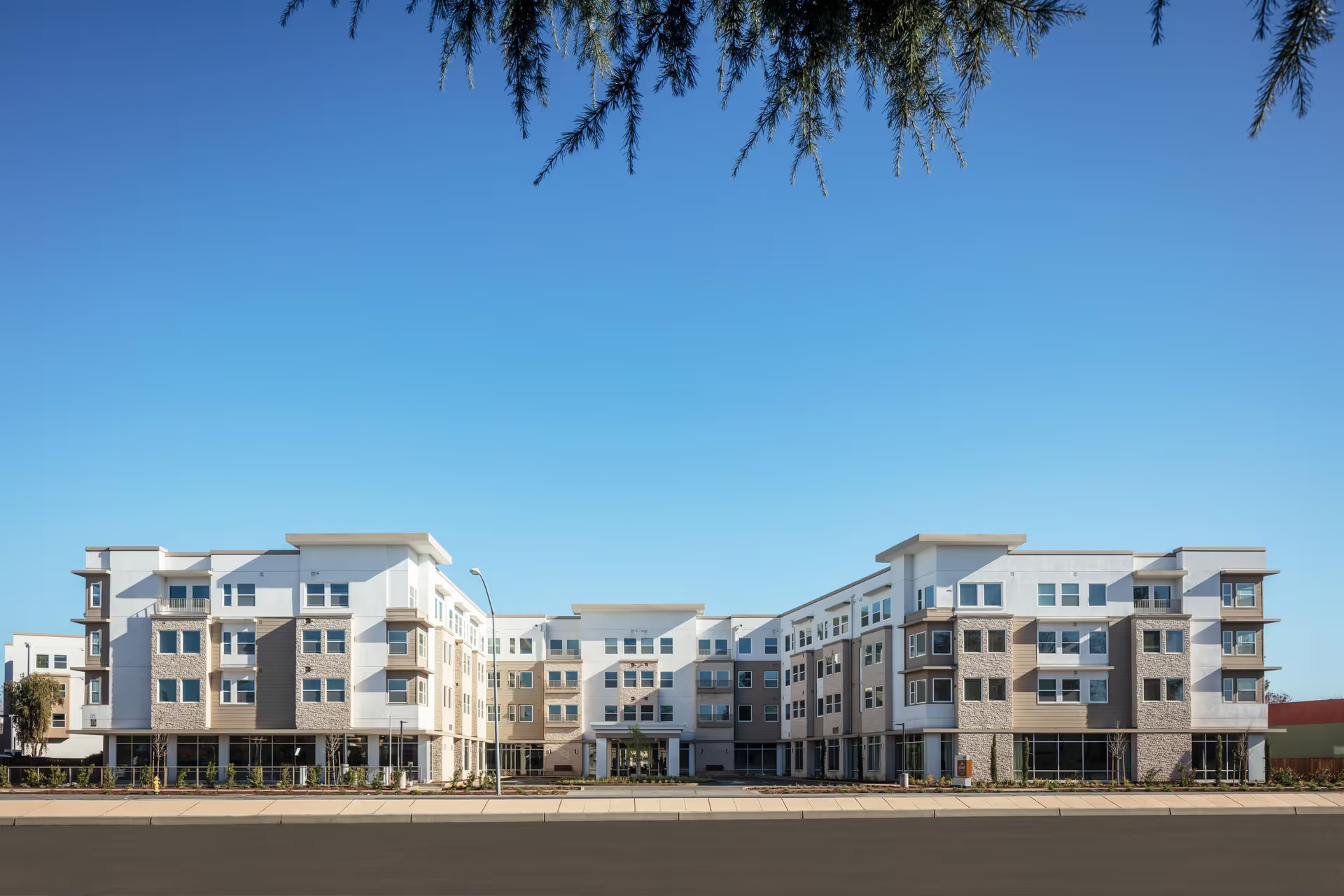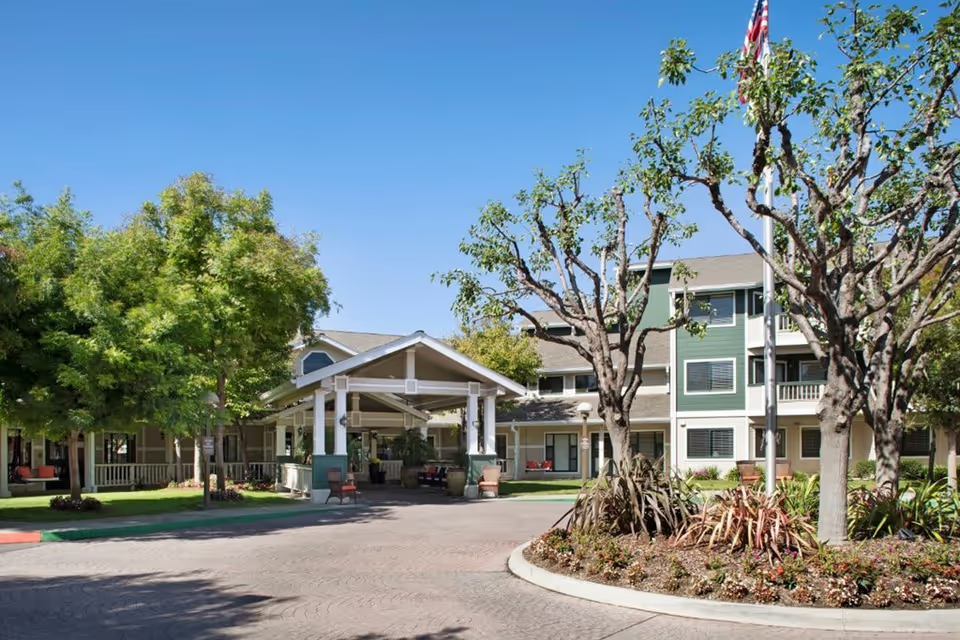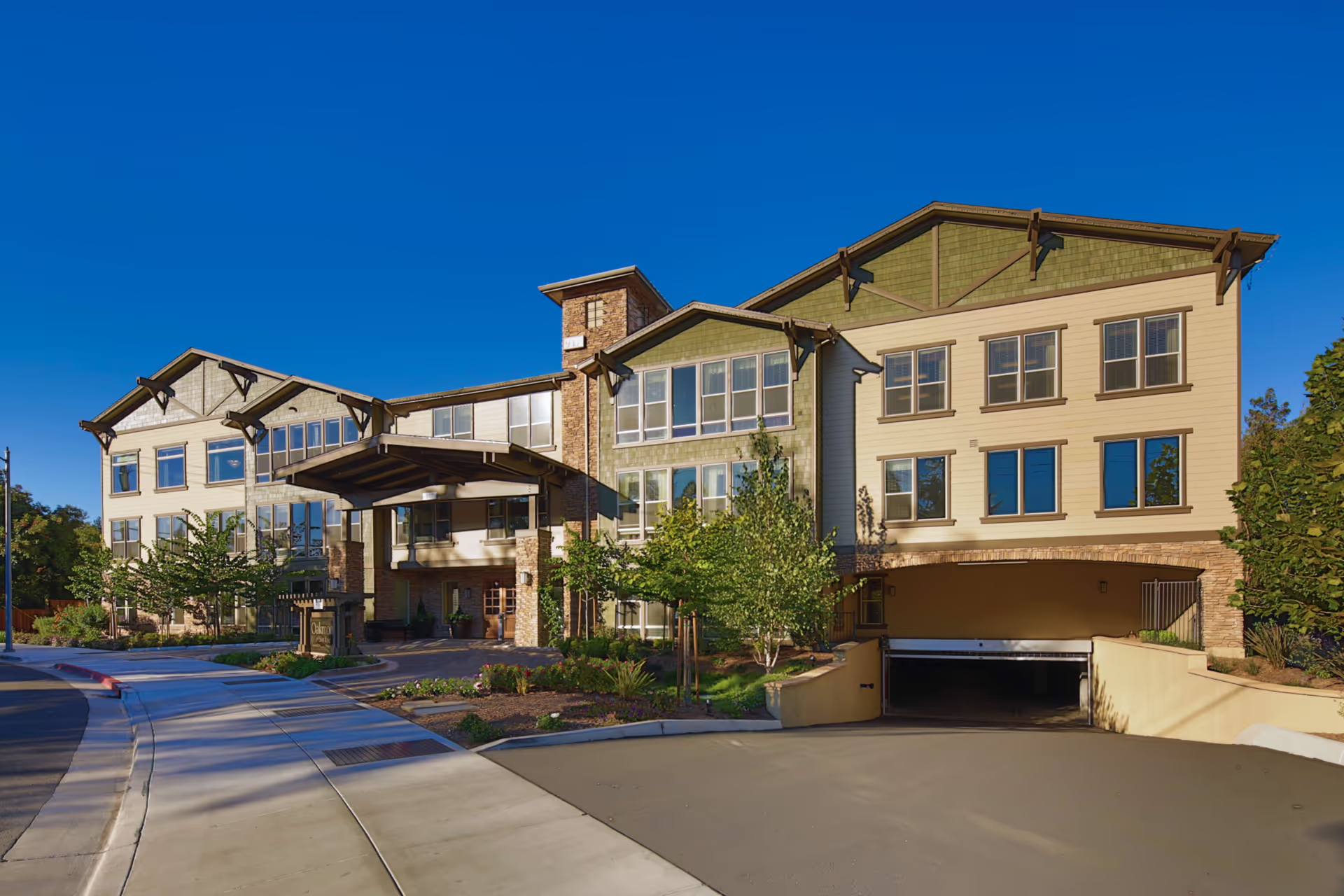Overall sentiment is highly polarized: many reviewers praise individual employees and certain services (notably admissions/social services staff, morning nurses, CNAs, and therapy teams), while a significant portion of accounts describe systemic problems that raise safety and quality concerns. Positive comments consistently highlight compassionate, hands-on staff who supported rehabilitation, provided comfort during end-of-life care, and produced measurable therapy gains. Named employees in admissions and social work (frequently Linda, Maria, Michael, Sulma) receive particular, repeated commendation for being welcoming, organized, and helpful. Several families reported the facility as clean, well-maintained, and COVID-conscious, and many patients experienced successful short-term rehab and good discharge outcomes.
However, the negative reports are numerous and in some cases severe. A dominant theme is chronic understaffing that appears to drive many downstream problems: slow nurse response times (reports ranging from about 10 minutes up to 45+ minutes), inconsistent coverage and quality across shifts (with nights often described as weaker), ignored call lights, and CNAs/nurses stretched to the point that basic care — hygiene, timely medication, water, and meals — was sometimes not delivered. Multiple reviewers reported medication delays or denial, including problematic diabetes/insulin management and long waits for assistance after falls. Serious safety and neglect allegations appear in several summaries: claims of residents finding no food/water/medication, missing nursing records, reports that a roommate was thought to have been deceased for days, and family members having to contact ombudsman or file complaints. These allegations, if accurate, point to failures in clinical oversight, documentation, and incident reporting.
Facility and environment criticisms are recurrent and varied. Some describe the physical setting as outdated or motel-like, with shared rooms (occasionally three residents per room) and noisy hallways that disturb sleep. Others mention unsanitary conditions such as pests and urine outside rooms, soiled linens left unattended, and smoke in shower areas during certain shifts. Temperature control problems, including failed air conditioning and very hot rooms (reports of ~88°F), further contribute to resident discomfort. Security concerns include theft of jewelry or money and poor front-desk responsiveness (reports of closed desks or unanswered phone lines), creating a perception that personal belongings and safety are not reliably protected.
Communication and management issues are another consistent thread. Families report inconsistent follow-through from caseworkers and social services, occasional misrepresentation of offered services, lack of translation support during emergencies for non‑English speakers, and unanswered complaints or callbacks. Some reviewers praised specific administrators and supervisors who stepped in to help, while others describe management as unaccountable and dismissive of serious reports. This variability creates a pattern where the quality of a resident’s experience appears heavily dependent on which staff are on duty and which managers are involved.
Rehabilitation and therapy emerge as strong points for many residents: physical therapy successes, mobility improvements, and attentive therapists are repeatedly cited as reasons families would recommend the facility for short-term rehab. Many positive testimonials relate to individualized attention from therapists and day-shift caregivers. Conversely, longer-term residents and families more often raise concerns about chronic care management, ongoing nursing reliability, and institutional maintenance.
In summary, the reviews collectively describe a facility with notable strengths in certain departments and individual employees (strong admissions/social services, effective therapy teams, compassionate CNAs and day nurses) but with widespread and consequential weaknesses tied to staffing levels, inconsistent care across shifts, communication breakdowns, hygiene and safety incidents, and management follow-through. The most urgent, recurring concerns are understaffing, slow emergency responses, medication/diabetes management problems, sanitation and safety issues, and unreliable communication — all of which merit attention if the facility is to consistently deliver the positive experiences that many families reported. Conversely, the facility’s repeated praise for therapy outcomes, specific staff members, and compassionate end-of-life care indicate areas of real strength that could be amplified if systemic deficiencies are addressed.
